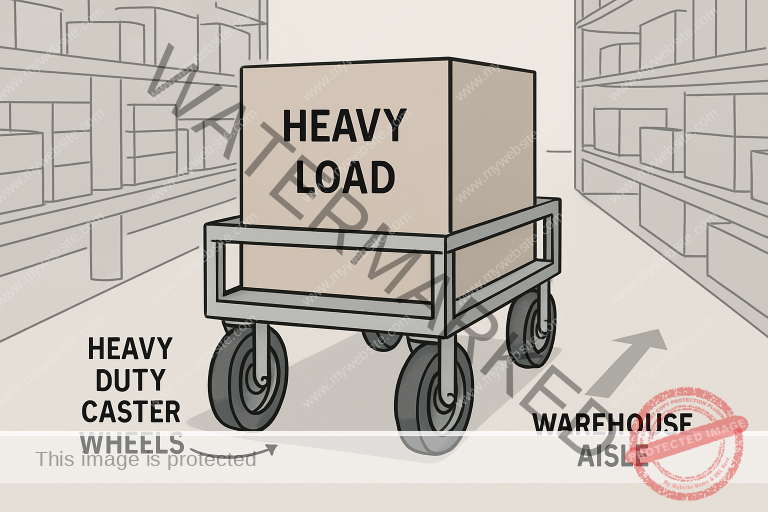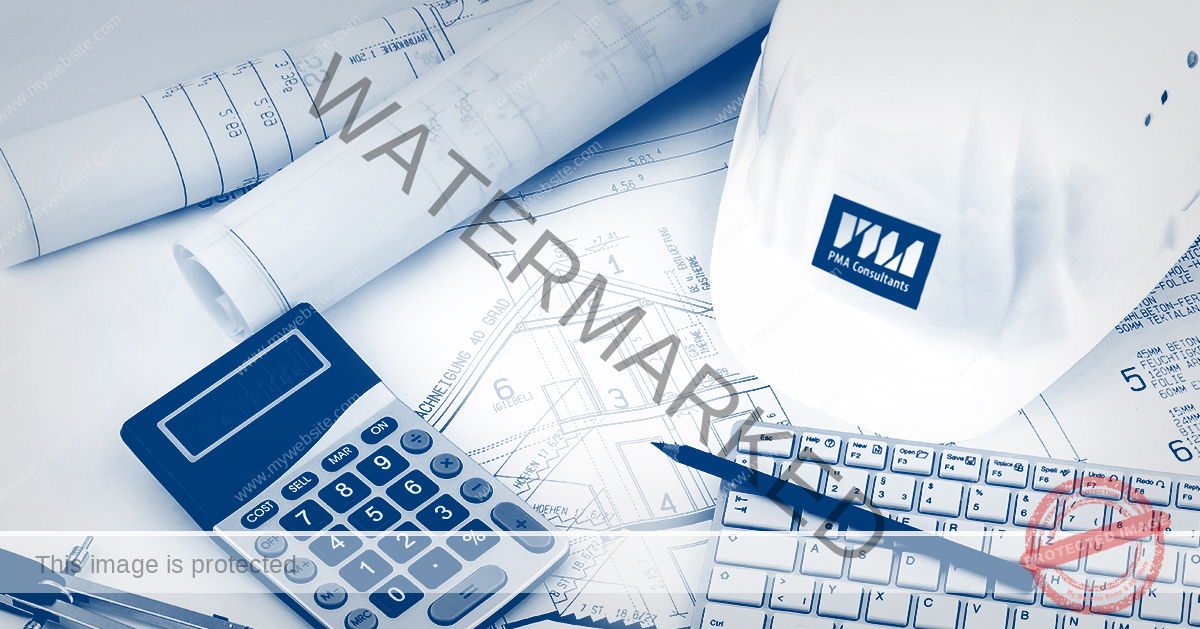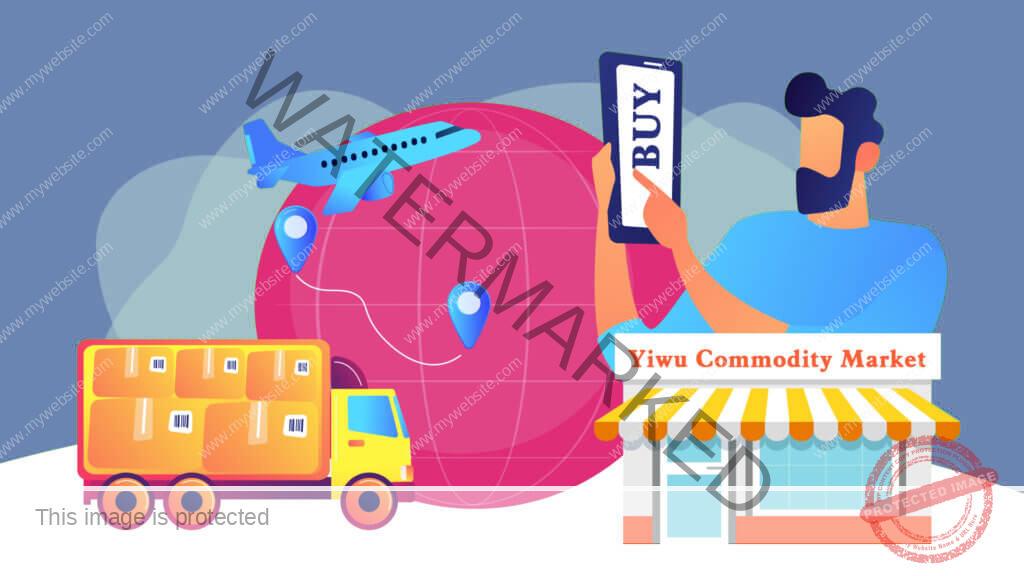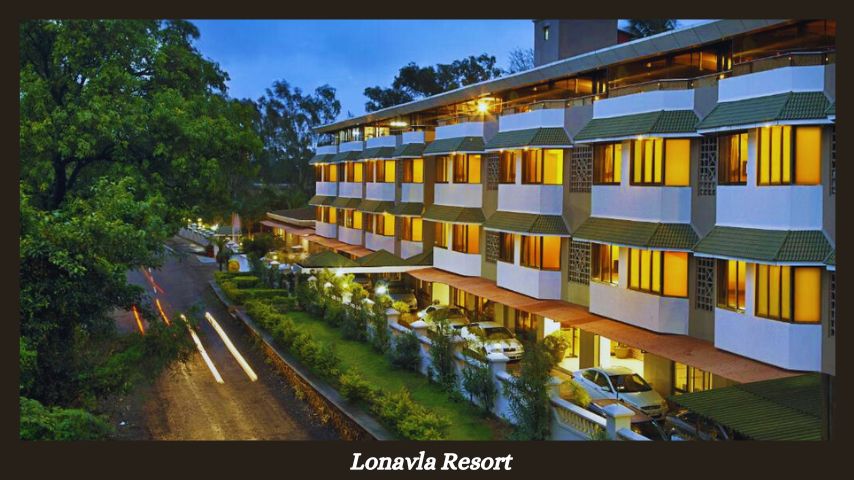Understanding 10GBASE-LR and Its Place in Network Design
In modern networking environments, reliable and high-speed connectivity across extended distances is critical. One of the foundational technologies that enable this is the 10GBASE-LR optical module. Defined under the IEEE 802.3ae standard, this module is designed for 10 Gigabit Ethernet transmission over single-mode fiber (SMF) with a reach of up to 10 kilometers. Its ability to support high-speed links over long distances makes it a staple in enterprise networks, data center backbones, and carrier-grade metro networks. As businesses continue to demand faster and more stable interconnects, 10GBASE-LR remains an essential building block in the evolution of scalable network infrastructure.
The Technical Mechanics Behind 10GBASE-LR
At the core of the 10GBASE-LR module’s operation is its use of a 1310 nm wavelength and a DFB (Distributed Feedback) laser. These components provide the optical power and precision needed to maintain a stable 10 Gbps data rate over long fiber runs. The module typically operates within a power budget of 6.2 dB to 8.2 dB, allowing it to handle transmission losses encountered in SMF installations. Housed in the SFP+ form factor, 10GBASE-LR modules offer hot-swappable functionality and digital diagnostics (DOM), which monitor parameters like temperature, voltage, and optical signal levels. These features enhance reliability and simplify troubleshooting, making them an ideal choice for mission-critical links.
Deployment Scenarios and Industry Applications
10GBASE-LR modules are commonly used in scenarios where high bandwidth must be delivered across distances that exceed copper cable limitations. In enterprise campuses, they connect buildings, departments, and network closets. In data centers, they form the backbone connections between core and aggregation layers. They’re also widely used by telecommunications providers in metro Ethernet services and long-reach access solutions. Another emerging area of deployment is industrial networking, where ruggedized versions of these modules support factory automation and IoT systems in harsh environments. Their broad applicability speaks to their reliability, standardization, and performance consistency.
Comparing 10GBASE-LR with Other 10G Modules
While 10GBASE-LR serves long-range applications, it’s often compared to other 10G transceivers like 10GBASE-SR and 10GBASE-T. 10GBASE-SR operates over multimode fiber with a much shorter reach (typically up to 300 meters), and is more common in intra-rack or short-haul deployments. On the other hand, 10GBASE-T uses copper cabling (Cat6a or better) and offers flexibility in cabling but with higher power consumption and latency. 10GBASE-LR strikes a balance between distance and performance, offering fiber-optic clarity and low latency over spans that copper cannot economically reach. For network designers, this makes LR modules the go-to choice for inter-building or inter-floor links.
Cost, Compatibility, and Lifecycle Value
Although fiber-based solutions have historically been more expensive than copper, the price gap has narrowed significantly in recent years. 10GBASE-LR modules are now competitively priced, particularly in multi-vendor environments where generic or compatible transceivers are widely available. These modules are supported by most enterprise-class switches, routers, and NICs, ensuring wide compatibility. Additionally, their durability and low power consumption contribute to a favorable total cost of ownership (TCO). As 10G Ethernet continues to serve as a bridge between legacy networks and more advanced systems, 10GBASE-LR modules represent a stable, long-term investment for businesses looking to modernize without overhauling their entire infrastructure.
Looking Ahead: 10GBASE-LR in the Era of Higher Speeds
While 25G, 40G, and 100G Ethernet are becoming more common in cutting-edge environments, 10GBASE-LR still holds a vital role in networks that require consistent, affordable long-range connectivity. It is especially relevant in hybrid environments where legacy systems coexist with newer deployments. The ability to mix and match 10GBASE-LR modules with evolving platforms ensures a smooth and cost-effective upgrade path. In the years ahead, as the demand for resilient mid-range links persists, 10GBASE-LR is poised to remain a key player in network architecture.















